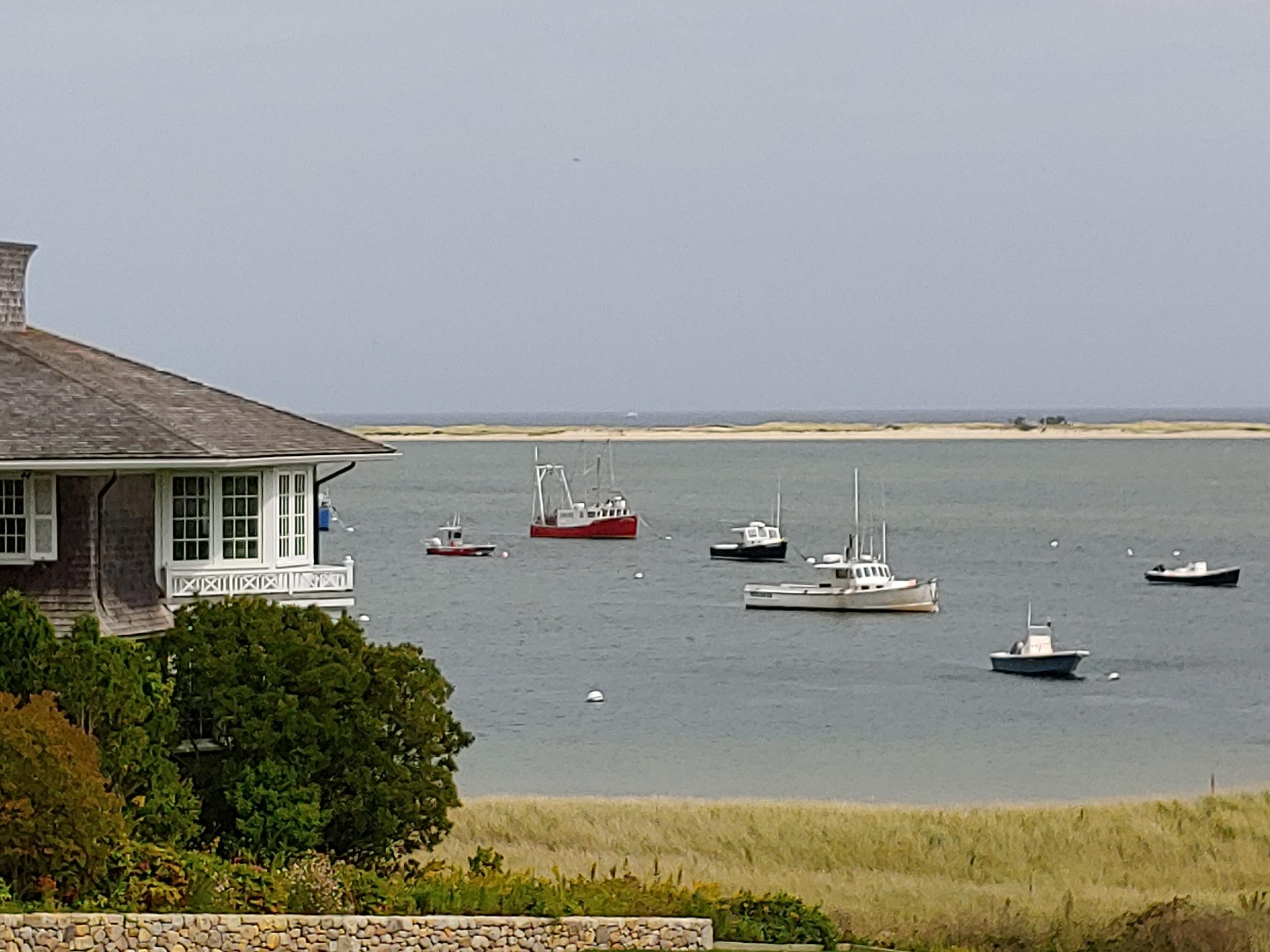Cape Cod: Real or Imagined?
Almost all Americans hear about Cape Cod in history class when they are growing up. And for my generation, it is also tied to the Kennedys. Pilgrims. Colonial history. The Royalty of the Kennedy Clan. Cape Cod holds a certain mystic in our imaginations. Growing up in the corn fields of Illinois, I had a friend a bit older than me who talked about a week he spent at his college history professor’s cottage on Cape Cod. It was as if nothing else would ever be able to compare to this experience.
I have lived in Massachusetts over seven years and never really gone to Cape Cod. I live on the North Shore and Cape Ann. Cape Cod is part of the South Shore. Bumper to bumper traffic had separated me from this experience during the summer months and work during the off-season.
Now that I am going to move out of New England I decided that I needed to get to “the cape.” And I always have a desire to get to the end of the road. Provincetown, located 65 miles out into the Atlantic at the end hook of Cape Cod, is definitely the end of the road.
The landform of Cape Cod is the result of continental glacial processes. The materials left by the continental glacier form a ridge of moraines that stretch from east to west, on the more northern side of Cape Cod. The moraines are uneven hills formed when a glacier front stays in one place. To the south of the moraines, the majority of the Cape is outwash plain, a depositional feature that slopes away from ice front which is made up of sand and gravel carried by meltwater. The southern side of the Cape, the majority of the area, is outwash plain. The landscape was further shaped by wave action that leaves sand deposits in low energy zones such as the very end of the of the Cape and spits that form across bays.
When I lived in Louisiana with the Houma tribe, I read about all the Native American tribes of the eastern United States. Cape Cod was (and is) the home of the tribe with my favorite name—the Mashpee Wampanoag. It is a name that just rolls of your tongue. The Wampanoag taught the settlers to survive, whether farming or use of whales that were stranded on the beach. The 19th century brought the beginning of tourism. It is appropriate that the Mashpee Wampanoag’s have benefited from tribal gambling facilities for tourism.
In my travels to Provincetown, I took the main southern highway. The high way was one long strip mall with many restaurants already closed for the season though it was only mid-September. I began to see a pattern—shoe outlets, mini-golf, restaurants closed for the season, and a smattering of old houses that needed renovation for sale. Only when I got to Chatham did I find much activity around its quaint downtown and upscale developments.
The long final stretch in the route to Provincetown goes through the Cape Cod National Seashore with its dunes and beaches. And then finally you reach Provincetown at the very end.
Pilgrims landed where Provincetown now is before going on to Plymouth in 1620. Clearly this is a place that was meant to be reached via the sea rather than land. In fact, when I was there two large cruise ships had deposited tourists into the downtown for a few hours. Thankfully, I was there in September. The year-round population is about 3,000 but in the summer the town has up to 60,000 people. Often called “P-town” it is known for its beaches, beautiful harbor, and tourism, especially as a destination for the LGBTQ+ community. The town has more married gay couples per capita than any other town in the United States. Thus rainbow flags reign over the main streets of P-Town.
One of the many old houses ripe for renovation in the area.
A typical “Cape Cod” house with cedar shakes on the side, but painted siding on the front. This home was on the market for $4 million but included a significant addition on the back.
When I get to the end of the road, to a place like Provincetown, I always imagine what it would be like to live there year-round. Would it live up to the ideal such as my childhood friend expressed—oh to be able to live forever on Cape Cod?
I’m glad I made the trip, but I will probably never go back. The first day was beautiful and sunny. The second day was rainy, cloudy, and cold. After all, we were 65 miles out into the Atlantic. As I drove back on the main northern two lane road, I tried to imagine the summer traffic jams and wondered about the amount of time spent in traffic versus living this “ideal.” And furthermore, I really detest miniature golf.









